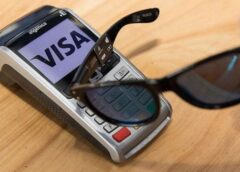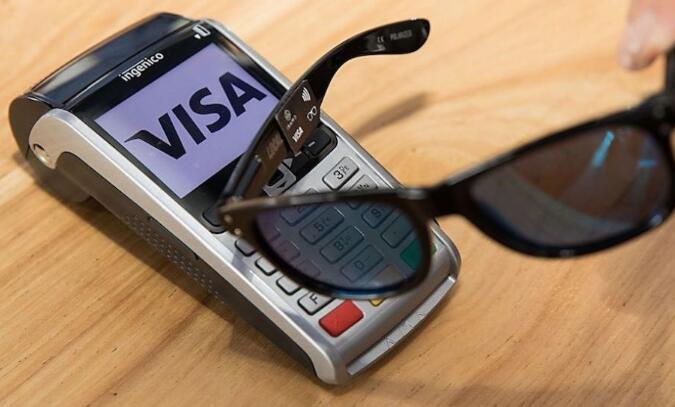Wearable Payment Device Market is projected to grow exponentially
According to CRI, the global market for wearable payment device has been segmented based on device type, technology, application, and region.
The growth of the wearable payment device market is primarily driven by growth in the adoption of wearable devices and contactless cards due to the COVID-19 pandemic crisis, increasing demand for secure contactless payment, and the growing adoption of NFC technology.
In the early stages of the pandemic, there was wide reportage about the virus surviving on surfaces for up to a few hours, which led to panic and paranoia about touching unknown surfaces in public places among people.

Based on device type, the wearable payment device market has been categorized into smart watches and fitness trackers. The smart watches segment is projected to account for the largest share during the review period. Additionally, the technological advancement in the wearable payment devices market provides opportunities for the vendors operating in this segment.
The advancements in display and plug-in features in the watches are set to revolutionize the wearable payment devices market, with new technologies introduced that will boost wearable payment devices’ reach and capacity.
However, the fitness trackers segment is projected to register the highest CAGR due to the increasing adoption of this technology, especially while the pandemic is still registering many cases in many countries. Growing concerns towards personal health and the need for its effective tracking have boosted the sales of fitness trackers with built-in payment devices.
Based on the technology, the wearable payment device market has been categorized as radio Frequency Identification (RFID) and Near Field Communication (NFC) technology. The RFIDutilizes electromagnetic fields for effective identification and tracking of tags attached to devices and objects.
An RFID system is made of a compact radio transponder, a radio transmitter, and a receiver. The RFID segment dominated the market in 2019due mainly to consumer preferences as the technology has been in use for over three decades. NFC technology is also projected to witness increasing market share due to growing consumer awareness regarding the technology and increasing affordability in the adoption of the technology.
Based on application, the wearable payment device market has been categorized as Retail Stores, Restaurants, Utility Outlets, and Entertainment Centers. The retail stores segment is projected to hold the largest market share owing to the high adoption and proliferation of card reader machines.
Restaurants are also among the early adopters of the reader machines and have promoted using cardless transactions during the pandemic to avoid the spread of the virus. However, the entertainment centers segment is expected to register a substantial CAGR during the forecast period, given the larger transaction value and volume generated and with the demographic that they cater to being the largest consumer base for wearable payment devices.
Regional Analysis
The wearable payment devices market has been segmented, by region, into North America, Europe, Asia-Pacific, and the rest of the world.
North America, followed by Asia-Pacific, is expected to be the largest market in the forecast period owing to the high concentration of market players and the abundant availability of competent technical expertise.
Furthermore, the increasing demand for sustainable printing and the rising consumer interest in wearable payment devices in the region further drive the growth of the wearable payment device market. Additionally, the market in Europe is projected to register a significant CAGR during the forecast period.
Key Players
The prominent players in the global wearable payment device industry are Microsoft Corporation (US), Huawei Technologies (China), Sony Corporation (Japan), Thales SA (France), Westpac (Australia), Intelligent Venue Solutions (UK), Caixa Bank (Spain), IntelliX Software (US), Nymi Inc. (Canada), McLEAR Ltd. (UK), Jakcom Technology CO. (China), Token Inc. (UK), Infineon Technologies AG (Germany), and Printplast (Turkey).

